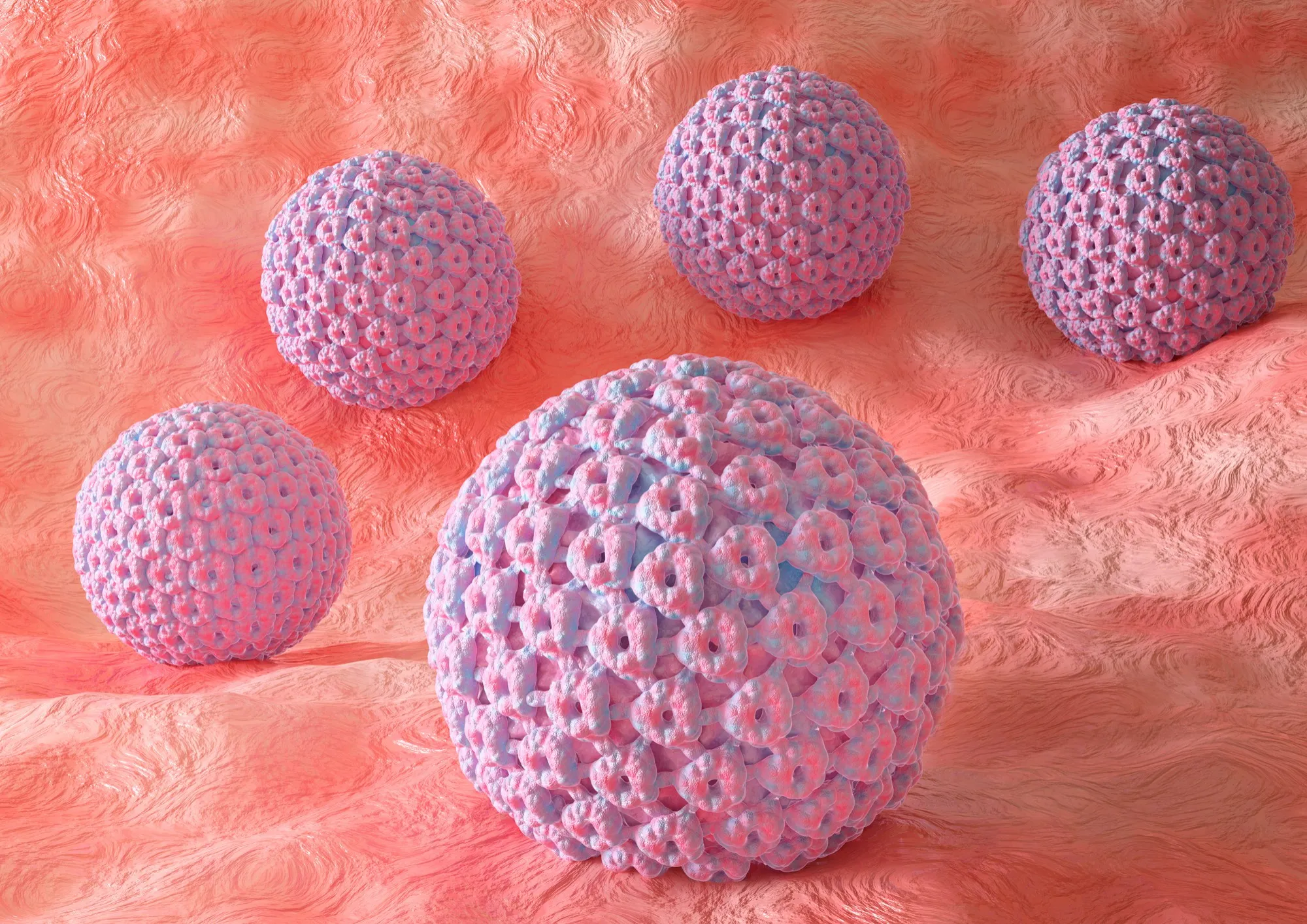Introduction
In a landmark study published in Acta Academiae Medicinae Sinicae, researchers from Chongqing Medical University have introduced a revolutionary medical microdevice designed to critically analyze the three-dimensional (3D) migration of tumor cells within the extracellular matrix in vitro. This pioneering study not only opens new avenues for understanding cancer cell behavior but also contributes to the development of innovative treatments.
A Closer Look at the Research
The study, which was led by a team including Zhang Wei, He Jing, Wu Lun Gang, Peng Xian Qi, and Li Yuan, sought to address a significant gap in medical research: the dynamic and detailed study of tumor cell movements within a 3D environment that closely mimics the human body’s conditions.
Using precision machining techniques, the research team crafted a mold for the microdevice before assembling it from polydimethylsiloxane (PDMS) and glass through a methodical casting, molding, and bonding process. This meticulous construction allowed for the introduction of a tumor cell and matrigel mixture into the migration channel of the microdevice.
The central innovation lies in the device’s capability to establish controlled chemokine concentration gradients, which are vital in studying how tumor cells navigate through the matrix. The responsive dynamic imaging system captures and records the 3D migration, revealing critical behavioral patterns of the cells.
To validate the functionality of their device, the researchers used the breast cancer cell line MCF-7. The results demonstrated that the migration trajectory of these cells was influenced by the chemokine concentration gradient, displaying an amoeboid-like migration mode previously challenging to monitor and quantify.
Quantitative and Qualitative Analysis Findings
The quantitative analysis provided by the microdevice offered valuable insights into the proportions and migration velocities of the MCF-7 cells. Moreover, the study could discern the varying inhibition capacities of different agents – specifically matrix metalloproteinase inhibitors (like Batimastat) and adenosine triphosphatase inhibitors (such as Blebbistatin) – on the 3D migration behaviors of the tumor cells.
Implications of the Study
This innovative microdevice has critical implications for cancer research and therapy. By enabling detailed observation and analysis of tumor cell movement within a mimic of their natural environment, researchers can better understand the mechanisms that underlie metastasis – the spread of cancer throughout the body.
Future Prospects
The study unlocks the potential for an array of future investigations. These might include the role of various microenvironmental factors in tumor progression, the development of more effective inhibitors of cancer cell migration, and personalized medicine approaches where treatments could be tailored to disrupt specific migration patterns of tumor cells in individual patients.
DOI and References
DOI:
10.3881/j.issn.1000-503X.10892
References:
1. Zhang, W., He, J., Wu, L. G., Peng, X. Q., & Li, Y. (2019). A Simple Medical Research Microdevice for Analyzing Three-dimensional Migration of Tumor Cells in Vitro. Acta Academiae Medicinae Sinicae, 41(2), 162–169. https://doi.org/10.3881/j.issn.1000-503X.10892.
2. Yamada, K. M., & Cukierman, E. (2007). Modeling Tissue Morphogenesis and Cancer in 3D. Cell, 130(4), 601-610. https://doi.org/10.1016/j.cell.2007.08.006.
3. Friedl, P., & Alexander, S. (2011). Cancer Invasion and the Microenvironment: Plasticity and Reciprocity. Cell, 147(5), 992-1009. https://doi.org/10.1016/j.cell.2011.11.016.
4. Wolf, K., Te Lindert, M., Krause, M., Alexander, S., Te Riet, J., Willis, A. L., Hoffman, R. M., Figdor, C. G., Weiss, S. J., & Friedl, P. (2013). Physical Limits of Cell Migration: Control by ECM Space and Nuclear Deformation and Tuning by Proteolysis and Traction Force. Journal of Cell Biology, 201(7), 1069-1084. https://doi.org/10.1083/jcb.201210152.
5. Zaman, M. H., Trapani, L. M., Sieminski, A. L., MacKellar, D., Gong, H., Kamm, R. D., Wells, A., Lauffenburger, D. A., & Matsudaira, P. (2006). Migration of Tumor Cells in 3D Matrices is Governed by Matrix Stiffness Along with Cell-Matrix Adhesion and Proteolysis. Proceedings of the National Academy of Sciences, 103(29), 10889-10894. https://doi.org/10.1073/pnas.0604460103.
Keywords
1. Tumor Cell Migration
2. 3D Cancer Model
3. Cancer Microdevice
4. In Vitro Tumor Analysis
5. Cellular Migration Dynamics
Conclusion
The development and verification of this medical microdevice represent a substantial leap forward in the study of cancer metastasis. It not only facilitates a deeper understanding of the intrinsic nature of tumor cell movement but also paves the way for the design of new and more effective anti-cancer strategies. The contribution of scientific endeavors such as these is invaluable, enhancing our capabilities in combating one of the most challenging diseases of our time.
